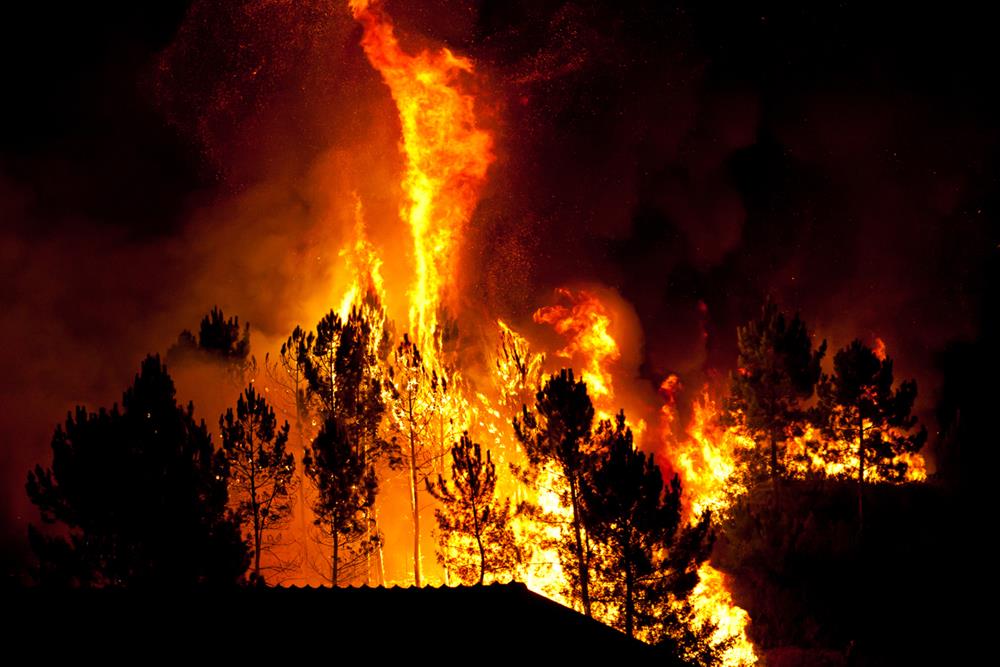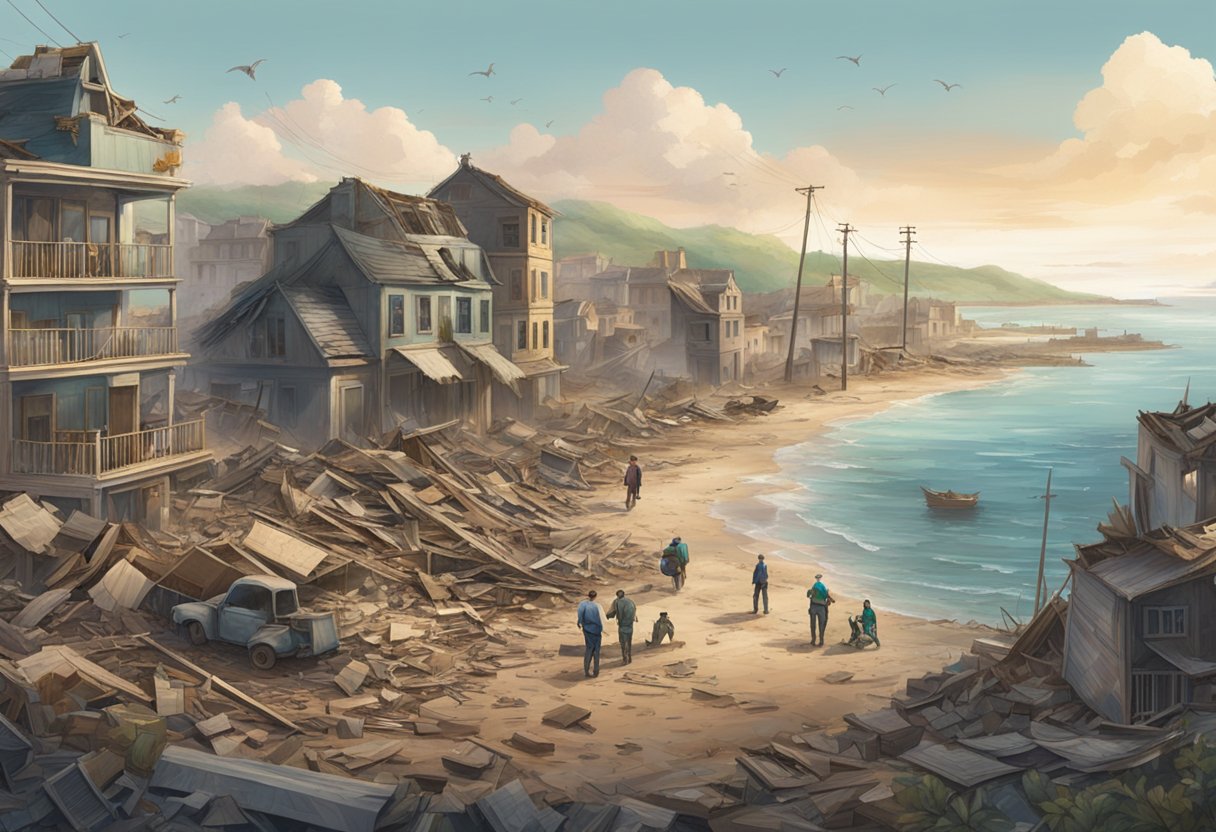The Aftermath of a Wildfire: How to Rebuild and Recover
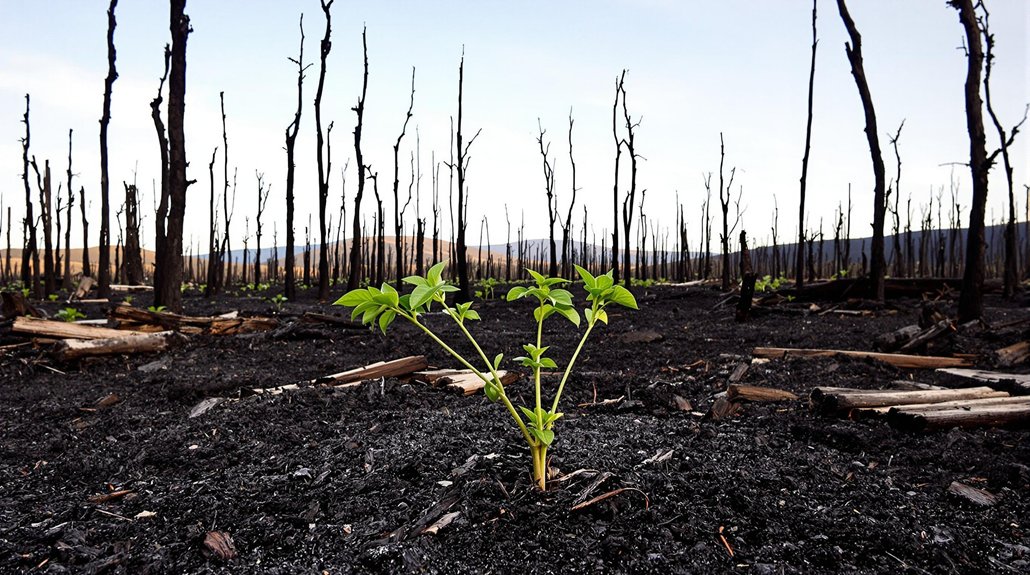
Wildfires can leave behind more than just charred landscapes—they disrupt lives, damage property, and challenge entire communities. If you’ve experienced a wildfire, the road to recovery may feel overwhelming. But rebuilding is possible with the right steps and resources.
In this guide, we’ll walk you through what to do after a wildfire. Whether you're a homeowner, business owner, or part of a local response team, this article offers practical tips to help you move forward after the flames are gone.
| Recovery Area | Key Actions |
|---|---|
| Immediate Response | Assess damage using GIS mapping, activate emergency services like BAER, and address soil erosion and runoff to prevent further hazards. |
| Community Engagement | Hold public meetings, gather community input, use networks like the Fire Adapted Communities Learning Network, and communicate recovery updates. |
| Safety Measures | Use protective gear when returning, stay informed about hazards, and maintain communication systems for outages and emergency alerts. |
| Infrastructure & Utilities | Coordinate with utility providers, prioritize repairs with GIS tools, and apply for funding like CDBG-DR to restore essential services. |
| BAER Team Involvement | Implement erosion control, stabilize terrain with native plants, and secure federal aid through damage assessments. |
| Invasive Species Management | Act quickly to control invasive plants, reseed with native species, and monitor ecological recovery. |
| Habitat & Wildlife Restoration | Replant native vegetation, protect endangered species, and engage the community in watershed and ecosystem health. |
| Long-Term Resilience | Create defensible space, update building codes, educate residents, monitor risks, and develop evacuation plans and support networks. |
Understanding the Immediate Impacts of Wildfires
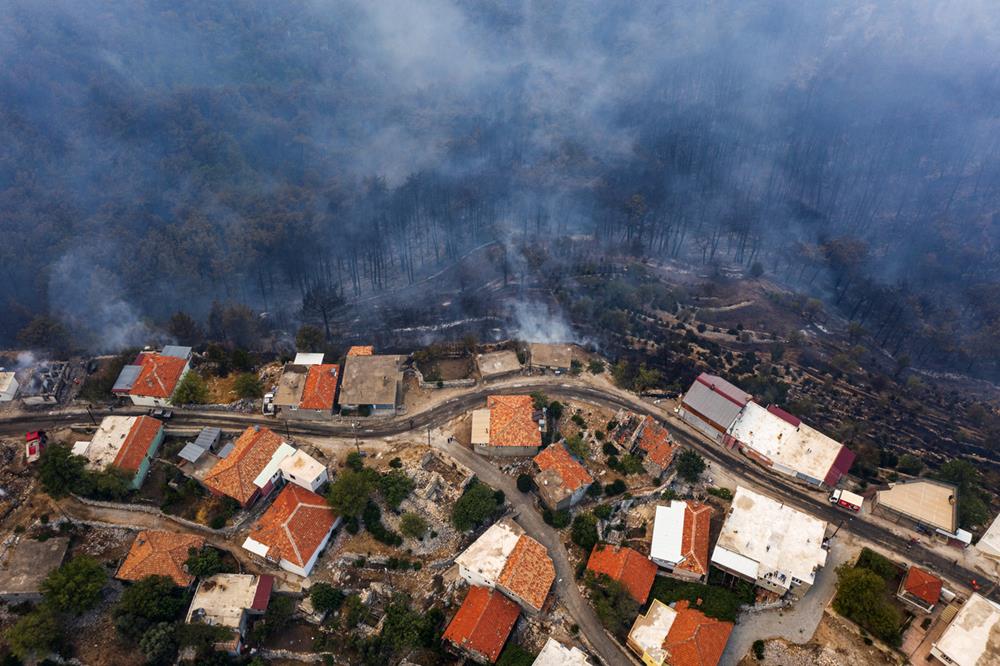
When wildfires strike, they don't just destroy homes and infrastructure; they leave families displaced and communities scrambling for urgent recovery resources. The immediate impacts are overwhelming, requiring swift action through programs like the Burned Area Emergency Response (BAER). This initiative aims to protect life, property, and ecosystems from further damage.
You’ll find that GIS mapping becomes crucial, helping assess the extent of destruction and determine eligibility for federal disaster relief. Without immediate attention to soil erosion and runoff, risks of flooding and debris flows increase.
The path to long-term recovery involves not only restoring the environment but also supporting the community. Immediate and long-term restoration efforts are critical for mitigating ecological impacts and fostering community resilience after a wildfire.
Key Steps for Community Engagement and Communication
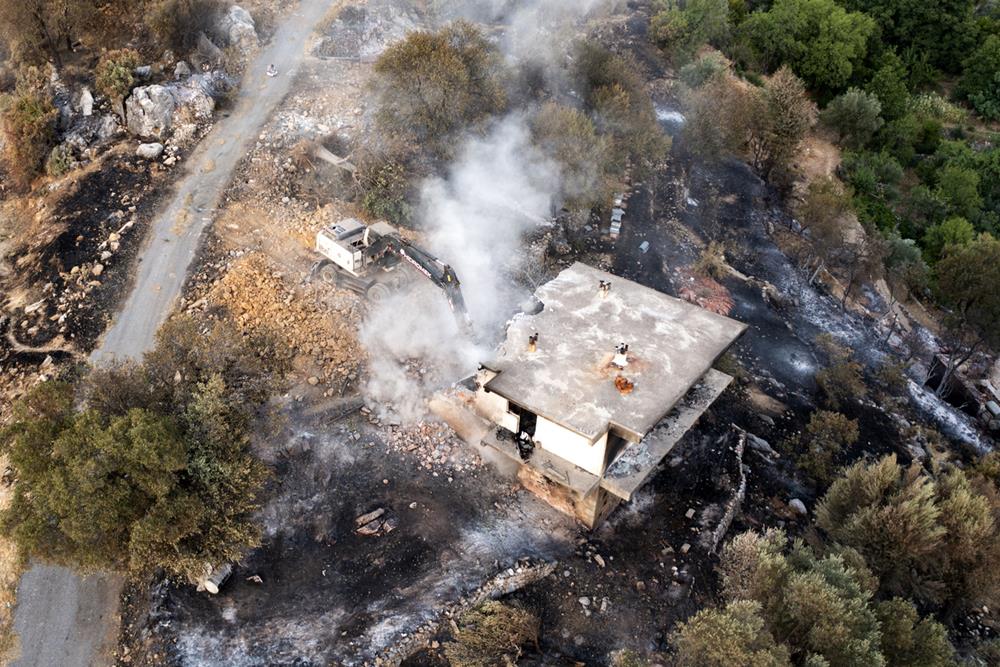
Although wildfires can leave communities devastated, effective community engagement and communication are vital for recovery. You can start by organizing public meetings that bring stakeholders together, encouraging input from residents on recovery plans. This involvement guarantees that your community’s needs and priorities are met.
Use platforms like the Fire Adapted Communities Learning Network to connect with other communities, share experiences, and learn best practices for adapting post-wildfire. Conducting damage assessments with GIS mapping is significant for understanding destruction levels, aiding in federal relief eligibility and planning.
Keep open lines of communication with local emergency management agencies and support groups to inform residents about available resources and recovery efforts. By engaging residents, you foster trust and collaboration in rebuilding efforts. Consider subscribing to community text or email alerts to stay informed about local updates and disaster preparedness resources.
Essential Emergency Response and Safety Measures
Understanding and implementing essential emergency response and safety measures is key to protecting lives and property after a wildfire. You need to prioritize immediate and long-term strategies to handle high-risk situations effectively. Here’s how:
- Safety Assessment: The Burned Area Emergency Response (BAER) team evaluates risks and implements measures to minimize further harm. This step is critical for ensuring safety in affected areas.
- Damage Mapping: Use Geographic Information Systems (GIS) mapping to assess the extent of damage. This helps in securing federal relief funds and planning recovery efforts.
- Protective Gear: When returning to fire-affected zones, equip yourself with goggles, masks, and gloves. These protect against hazardous materials and conditions, ensuring your safety.
- Community Support During Outages: Establish a system for sharing updates on power grid status and resource availability within the community to foster resilience and ensure informed recovery efforts.
Strategies for Infrastructure and Utilities Restoration
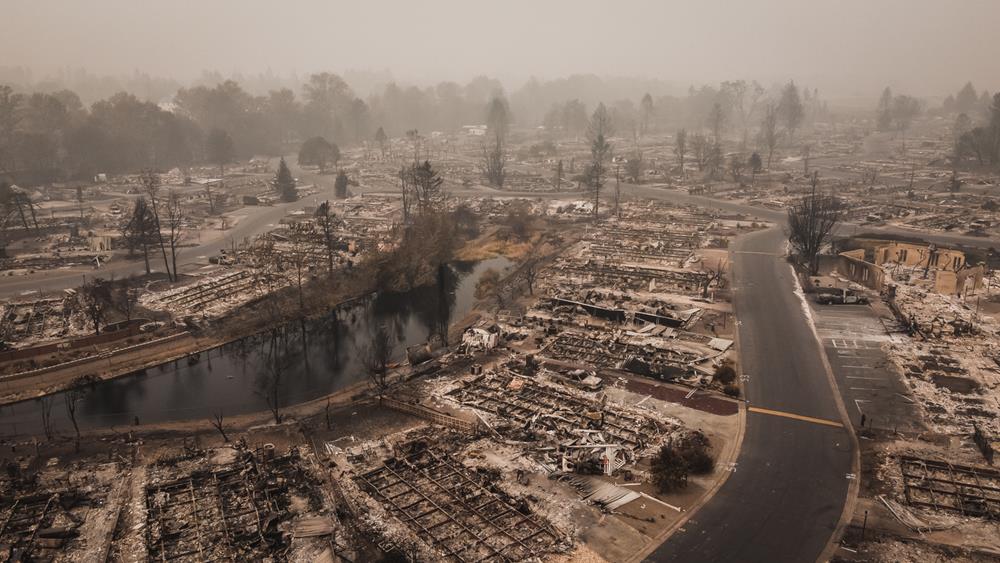
After ensuring safety and evaluating damage, the focus shifts to restoring critical infrastructure and utilities. You’ll need to coordinate with local utility providers and emergency management agencies for infrastructure repair.
Start by using GIS mapping to assess damage, allowing you to prioritize areas based on safety and community needs. The Community Development Block Grant Disaster Recovery (CDBG-DR) program can be an important resource, offering flexible funding to speed up recovery.
It’s significant to incorporate sustainable practices like fire-resistant materials and improved utility systems to augment resilience against future fires and extreme weather.
The Role of Burned Area Emergency Response (BAER)
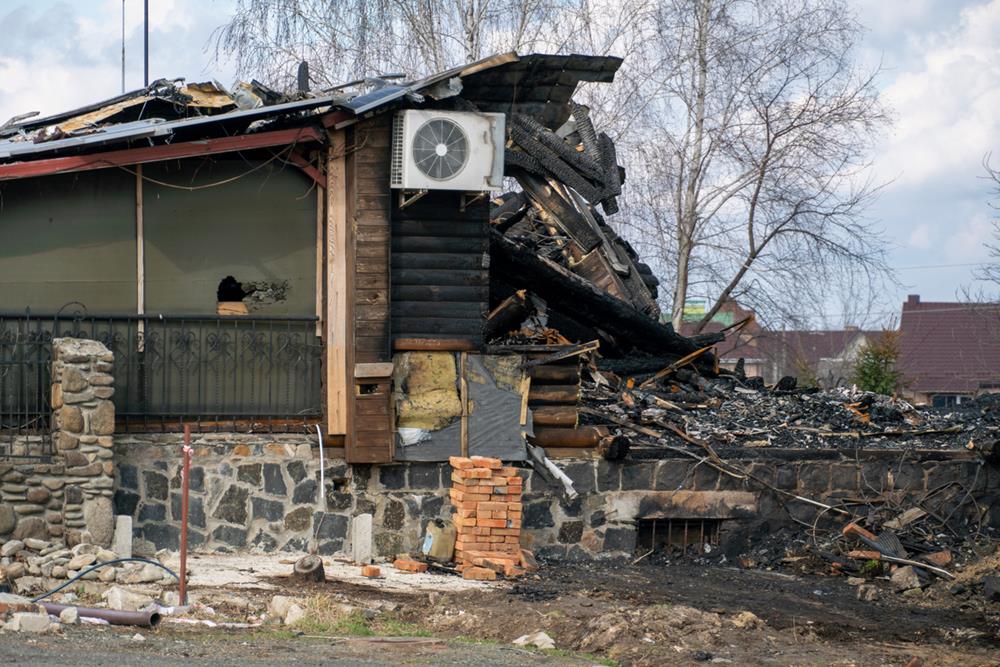
When a wildfire sweeps through a region, the Burned Area Emergency Response (BAER) team quickly steps in to assess and address immediate threats to life, property, and the environment. They prioritize urgent stabilization efforts in affected areas to minimize further damage.
Here's how BAER contributes:
- Erosion Control: By reseeding burned areas and using physical barriers, BAER reduces soil erosion and protects water quality.
- Stabilization Measures: The team implements strategies like replanting native vegetation to mitigate hazardous conditions.
- Funding and Support: BAER's assessments are essential for securing federal aid, aligning with FEMA and the Red Cross to guarantee thorough recovery.
Your community benefits from BAER's long-term monitoring to prevent further environmental degradation, safeguarding the ecosystem post-fire.
Managing Invasive Species and Promoting Native Vegetation
Although wildfires can devastate landscapes, they also provide an opportunity to restore ecological balance by managing invasive species and promoting native vegetation. After a fire, invasive species often rapidly colonize the area, outcompeting native plants and threatening local ecosystems.
It’s vital to act quickly to manage these invaders. Reseeding and replanting with native species are important strategies for restoring biodiversity and ecosystem recovery. By focusing on native vegetation, you help stabilize soil, reduce erosion, and improve water quality.
Long-term success requires sustained efforts, including monitoring and management practices to prevent invasive species from re-establishing. Integrating these efforts supports a resilient landscape, ensuring the ecosystem can thrive and maintain its natural balance post-wildfire.
Habitat Restoration and Wildlife Protection Initiatives
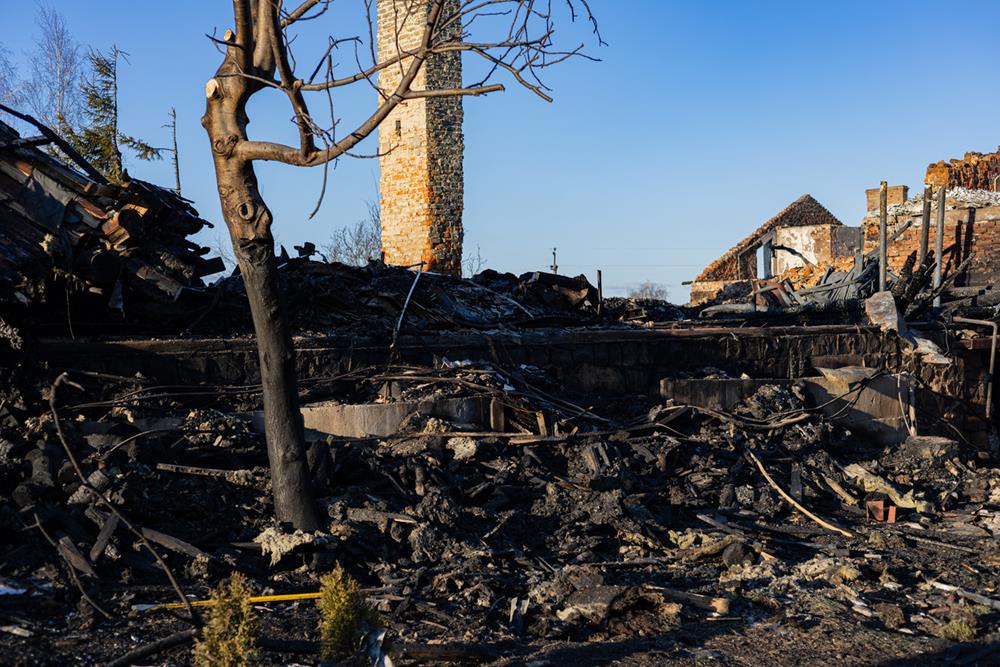
In the wake of a wildfire, habitat restoration and wildlife protection initiatives become essential to revitalizing affected areas and supporting biodiversity.
You can play an active role in ensuring these efforts succeed. Here’s how:
- Replant Native Vegetation: Focus on replanting native trees and shrubs to help restore ecological balance and support endangered species.
- Manage Invasive Species: Control invasive plants that can quickly dominate burned areas, threatening native habitats and recovery efforts.
- Engage Communities: Work with community groups to maintain watershed health, ensuring water quality for both terrestrial and aquatic species, thereby helping communities to stay resilient.
These steps are fundamental for fostering sustainable ecosystems and supporting local wildlife populations.
Your involvement in these initiatives makes a significant impact.
Long-term Community Resilience and Risk Reduction Strategies
Strengthening a community’s ability to recover from wildfires starts with proactive planning. Creating defensible space around homes, updating local building codes, and using fire-resistant materials can significantly lower future risks. Community education plays a key role—when residents understand fire behavior and preparedness strategies, everyone is better equipped to respond.
Collaboration is also vital. Work with local leaders, emergency services, and neighborhood groups to develop wildfire action plans and share resources. Leverage programs like FEMA’s Hazard Mitigation Grant Program to fund long-term mitigation projects.
Regularly assess risk using tools like GIS mapping to identify vulnerable zones and guide recovery investments. Establish local support systems, including recovery centers and emergency assistance networks, to ensure quick responses when disaster strikes.
Staying alert to fire weather warnings and updates can further strengthen your community’s preparedness and response efforts. Additionally, developing an evacuation plan is vital for ensuring family safety and mental readiness during emergencies, reducing panic and confusion when disaster strikes.

